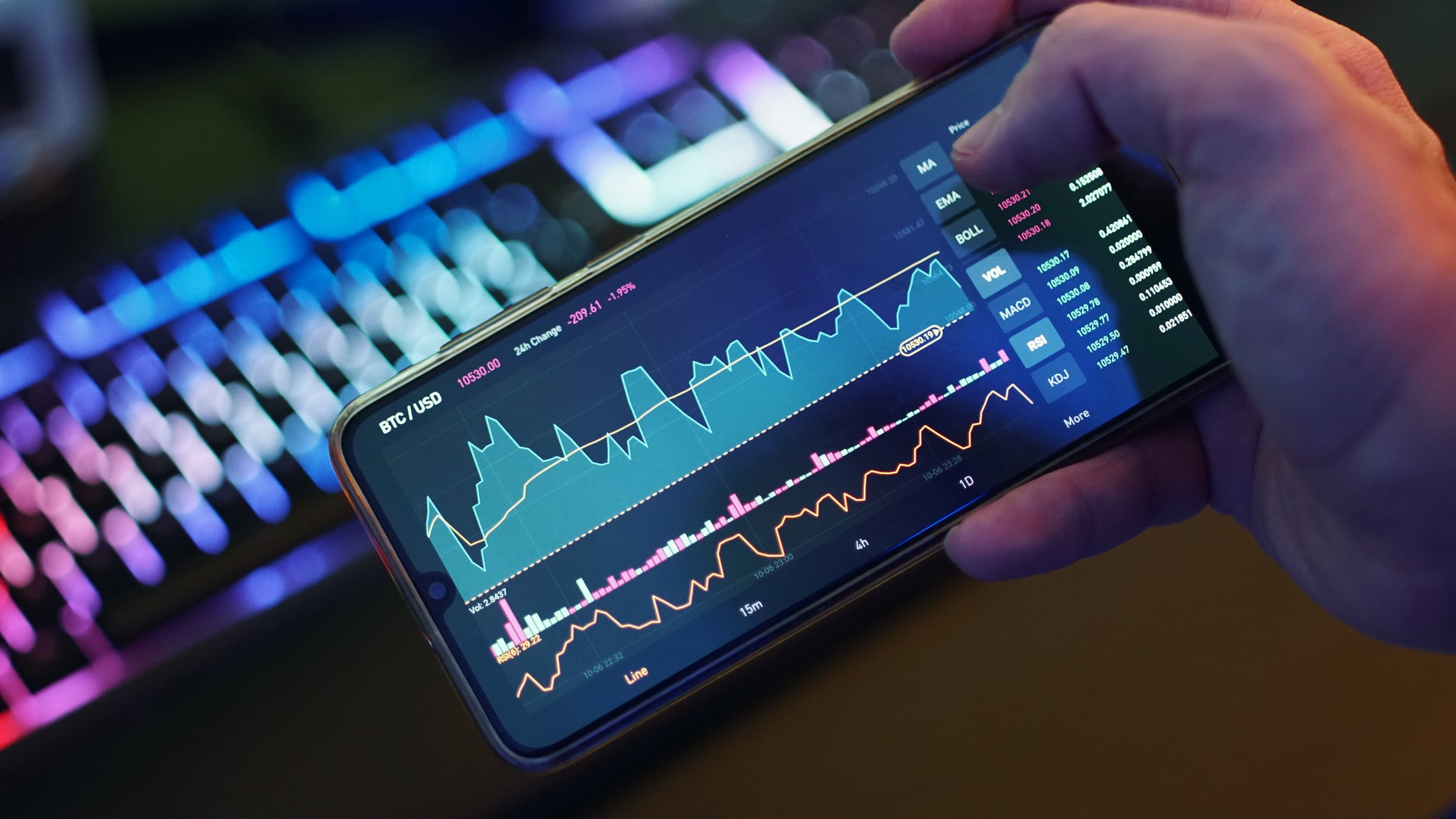Are Your App Developers Utilising The Correct Technical Architecture?
When app developers or systems administrators talk about the “front end” and the “back end” of a system or application, what they are referring to is whether the content and information is closer to the user (on the user’s device) or resides and processes closer to the delivery system (such as your mainframe or cloud service provider).
It’s important that you utilise the front and back ends properly for a number of reasons. If you push too much information to the front end, you’ll slow down the app considerably. If you keep too much at the back end, users can’t get access to information like they should be able to. This is your guide to distributing content smartly between the front and back ends.
Give the Grunt Work to the Back End
Think of the back end as your powerful linebackers and your front end as the agile quarterback that goes out to make the plays.
Not all mobile devices have beefy memory and robust processing power. Let the back end handle the heavy workload, delivering data to the user once it’s processed. This helps keep your apps lightweight. Users don’t want their memory gobbled up with their convenience apps; they want to save that for photos, videos, and the documents and emails they need for work. Lightweight apps also work faster, so your users get the optimal experience when using your app.
Leave the Most Private Information on the Back End
Security is always a consideration when designing mobile apps. Make sure security is incorporated from the very beginning.
It’s always important to remember the inherent lack of security of a mobile device. It’s way too easy to lose a device, have one stolen, or fall into the path of a hacker unawares. Most mobile users have to spend at least some time on public Wi-Fi services, which is a prime place for devices to get hacked, usually without the user’s knowledge. For these reasons, keep the most sensitive information on the back end to protect the user and your systems in the event of a device breach.
Consider Customising Content for the User’s Device and Platform
Mobile devices range from the lowest-end $49 phones to the highest-end $1,000 tablets and notebooks. This means that an app has to function well and deliver the right information in the right format for the tiniest screens with low memory and processing capabilities all the way up to devices with larger screens and hearty memory and processing power. Obviously, an app designed for one of these isn’t going to be suitable for the other. To deliver a stellar user experience, consider employing responsive design techniques and deliver to the front and back ends according to the user’s particular device.
Take Connectivity Into Consideration When Deciding What to Deliver to the Front or Back End
Spotty cell service and an occasional user straying outside coverage areas completely doesn’t have to mean that these users lose all app functionality until they return to a 3G or 4G coverage area. Some features, information, and app functions can be stored locally on the device (aka, on the front end), so that users retain some usability even when coverage is poor or non-existent.
Security is always a consideration when designing mobile apps.Click To TweetWhat information and functionality you decide to store locally varies according to what kind of app you’re offering. A good testing of the app will help you fine tune what is necessary to store locally and what needs to live on the back end.
Visit Glance today for design and deployment of a beautifully designed, highly functional mobile app that your users will enjoy and your business will benefit from.
Share this
Subscribe To Our Blog
You May Also Like
These Related Stories

The Ethics of Data Collection: Smart Phones and Wearable Technology

How App Development Can Fuel Workplace Productivity





